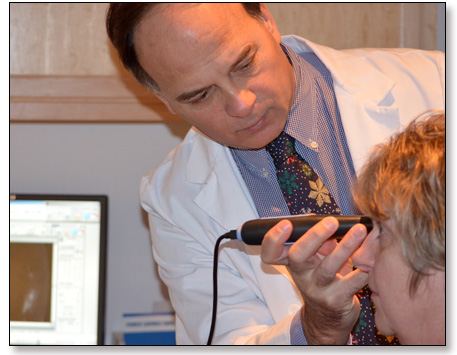Sonography is a radiation-free imaging medical procedure. It uses ultrasound waves which produce images of blood flow, tissues, or organs. Sonography is most widely known as a pregnant procedure for potential parents to see the image of their unborn child. However, this procedure is also used to image the abdomen, breasts, heart, prostate, and blood vessels. This advanced method is used to treat heart ailments and vascular diseases that could lead to a stroke. Sonographers work in clinics, hospitals, physician offices, outpatient facilities, and many can work independently and travel around the country.
Sonography Method
A light, very thin needle is guided into the designated area of the body to retrieve a tissue biopsy. Sample cells are extracted for testing, so that a medical professional knows the course of action that they must take.Career & Salary
Unlike other medical professions, a sonographer is paid by the hour, rather than a salaried professional. A ultrasonographer generally works about 40 hours a week and is on call during the weekend or in an emergency. The Commission on Accreditation of Allied Health Education Programs (CAAHEP) is the nation's accredited governing body for career opportunities for sonographers. Each state has different starting salaries for sonographer, some higher and some lower than per annum. The CAAHEP has reported that the average salary is around $73,000 and can go as high as $100,000 per year. Click http://sonographersalarydata.com/ for more information.Education
Requirements:
Accredited programs are between 1 – 4 years with an objective of an associate degree, a certificate, or a baccalaureate, depending upon the sonography career field that a person has chosen.Curriculum Courses:
physics, biological sciences, algebra, physical sciences, clinical medicine, ultrasound instrumentation, diagnostic procedures, image testing and radiography, and specialized patient care. Behavioral skills must include critical thinking, instructional skills, active listening and learning, reading comprehension, written and oral expression, and social interactions.